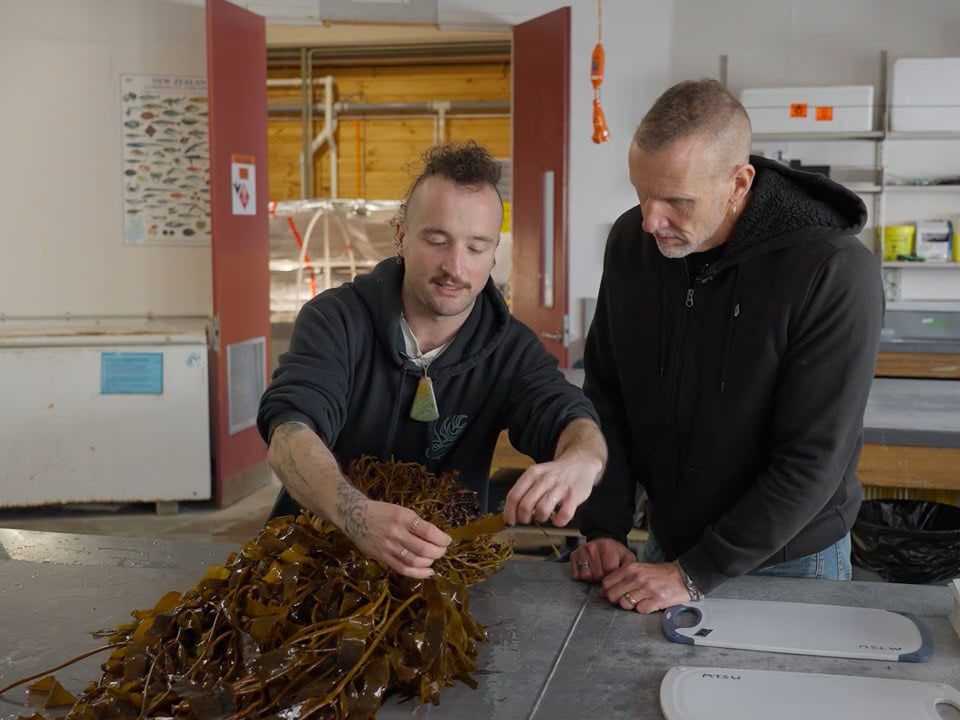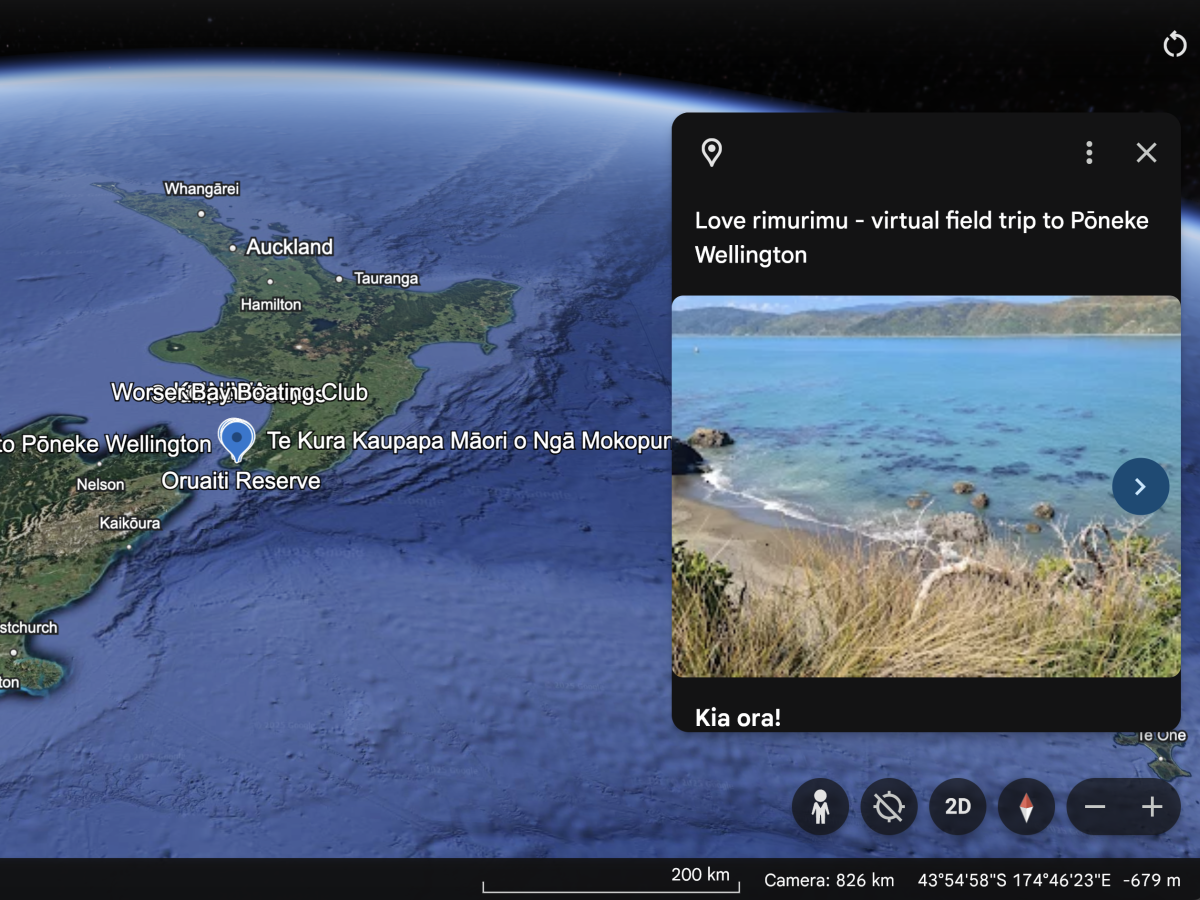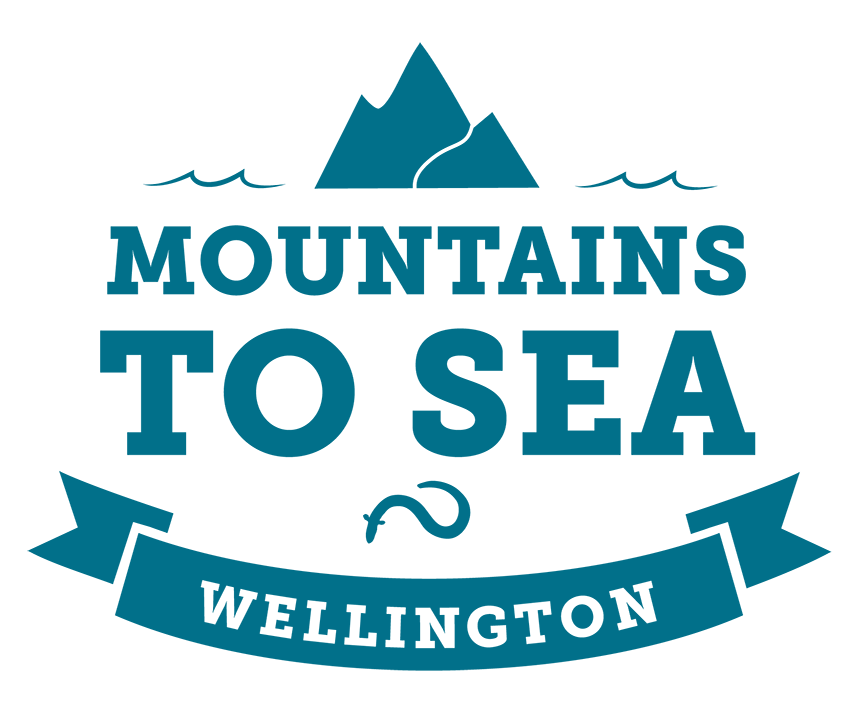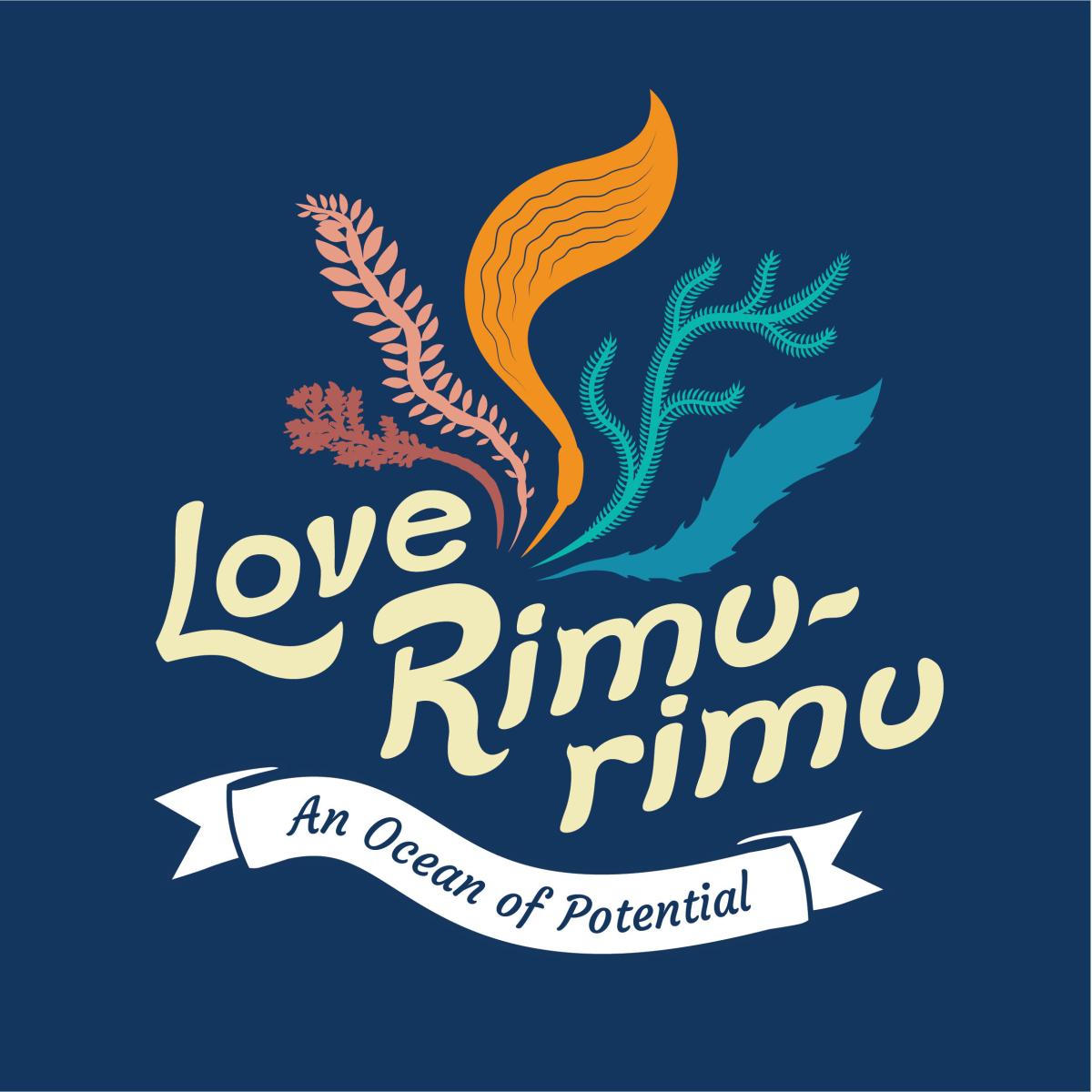Sign up
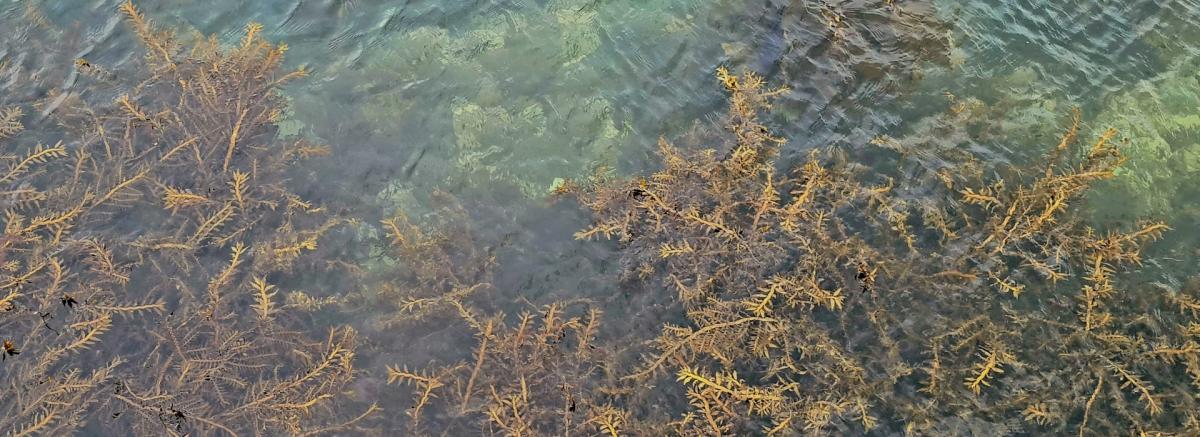
Exploring seaweed restoration and cultural connections
Discover more >
Background reading, images and narrations.
Connect with experts >
Insights into people and their careers, and replay the Q&A podcast.
Explore the field trip videos >
Videos and more showcasing places, people, ideas and initiatives on this field trip.
Take the Google Earth for Web tour
A virtual tour of the field trip with GIS mapping, 3D locations, 360 panorama images, videos, and further information.
Travel to Te Upoko-o-te-Ika-a-Māui, the Wellington region, to explore the vital role of rimurimu in marine ecosystems and the importance of seaweed restoration. Learn about mātauranga Māori and the deep cultural connections to rimurimu which has been used for centuries as a source of food, medicine, and material in daily life.
Seaweed forests are among the most productive ecosystems on Earth, providing shelter and food for many marine species, improving water quality, while also helping to combat climate change by capturing carbon. However, overfishing, pollution, and rising sea temperatures have impacted seaweed ecosystems around the world, including in Aotearoa New Zealand.
The restoration of these underwater forests is crucial for both the environment and local communities, who view the ocean and its resources as taonga. Understanding the traditional practices of guardianship, alongside western scientific practices, helps to guide modern rimurimu conservation efforts and ensures the sustainable management of marine ecosystems.
Objective
To explore the significance of rimurimu in marine ecosystems, learn about restoration initiatives, and understand the cultural and environmental importance of seaweed to communities.
Key learning
- Investigate the biology and ecology of rimurimu, and its role in supporting marine biodiversity.
- Learn about the environmental challenges impacting seaweed populations, such as human activity and climate change.
- Hear stories from mana whenua about traditional rimurimu sites and its place in Māori culture.
- Hear from ākonga who helped pioneer a kelp restoration project in their local community.
- Visit a seaweed reproduction laboratory to see how kelp is cultivated for restoration purposes.
- Meet experts in marine conservation and learn about how to get involved in seaweed restoration efforts.
Student-led inquiry
Encourage ākonga to dive into their own learning, ask questions about marine ecosystems and develop projects on the protection and restoration of rimurimu. Explore how they can apply both scientific methods and mātauranga Māori to their inquiries.
Curriculum alignment
This virtual field trip aligns with Te Mātaiaho, the refreshed New Zealand Curriculum, incorporating learning areas such as science, social sciences, and sustainability. Access guidance to support the integration of mātauranga Māori and environmental education in alignment with curriculum goals.
Sustainable development goals
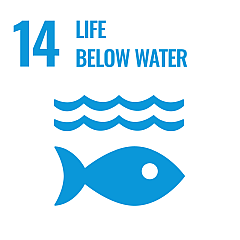 This trip reflects the United Nations Sustainable Development Goals (SDGs), especially Goal 14: Life below water: To conserve and sustainably use the world's oceans and marine resources.
This trip reflects the United Nations Sustainable Development Goals (SDGs), especially Goal 14: Life below water: To conserve and sustainably use the world's oceans and marine resources.
Stay updated
Join us in this educational adventure. Stay updated on our progress, news, and events related to the virtual field trip by following us on social media and signing up to this trip.


